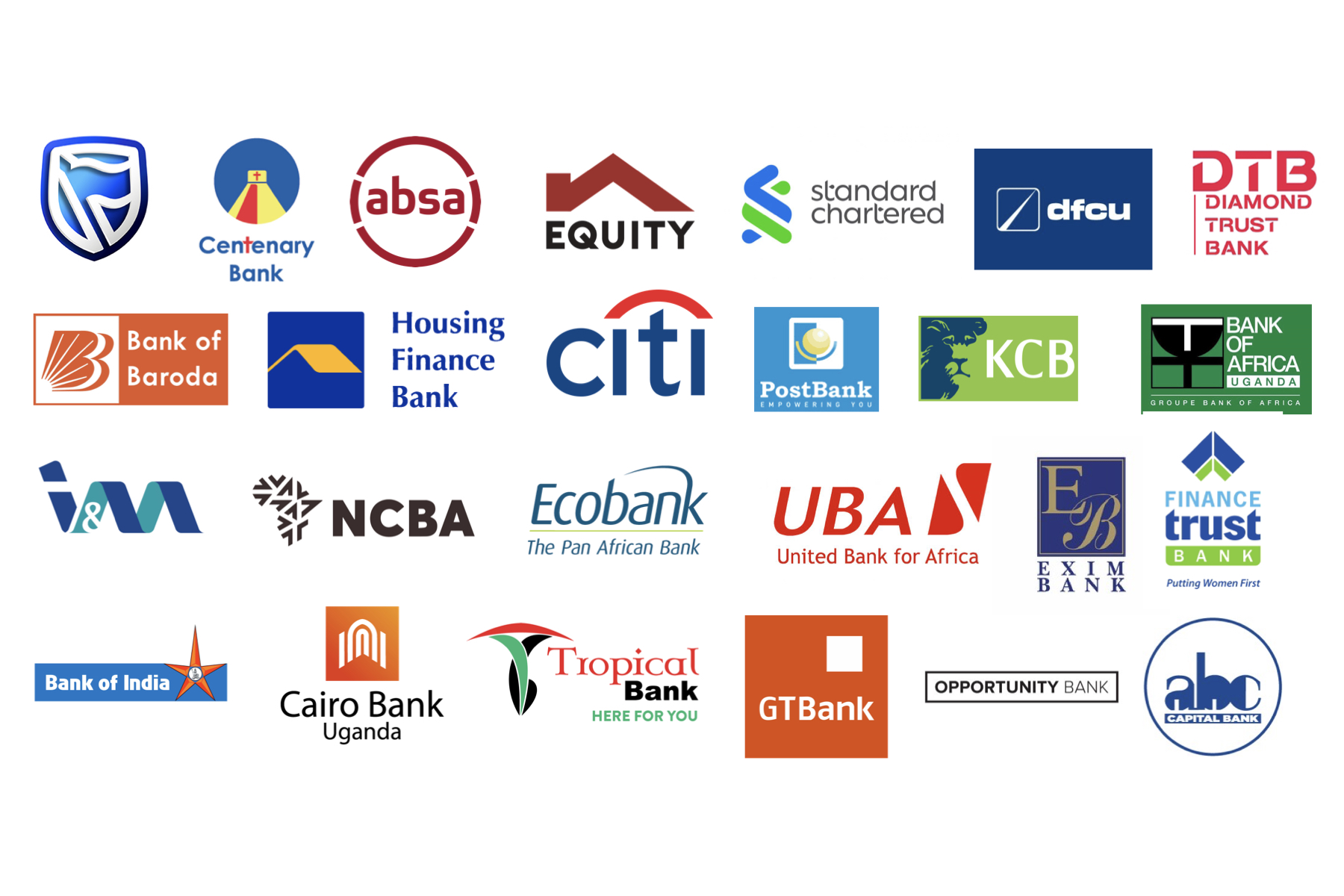The Central Bank of Uganda (BOU) has indicated that the quoted lending rates for commercial banks rose in the three months to April, averaging 20.8 percent, just 20 basis points…
Commercial Banks’ lending rates rise to 20 percent in 3 months as credit demand drops to UGX 5.1 trillion


